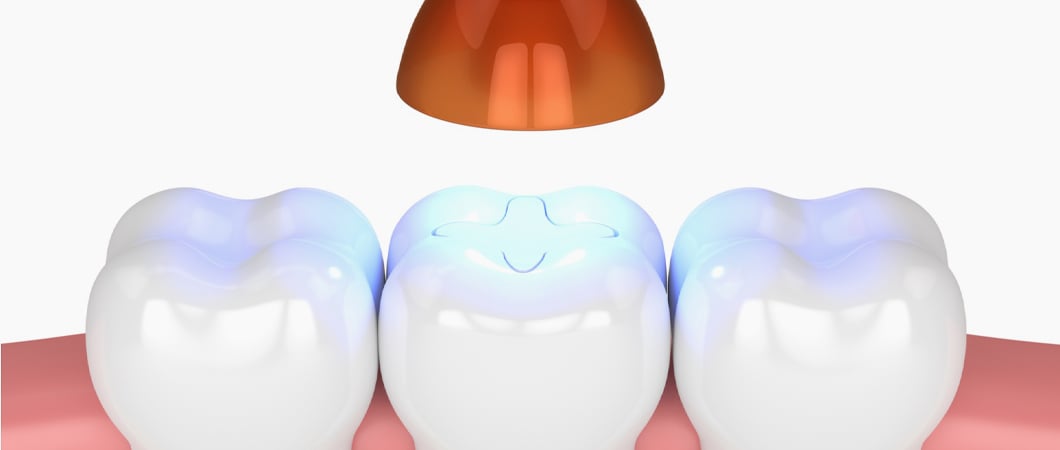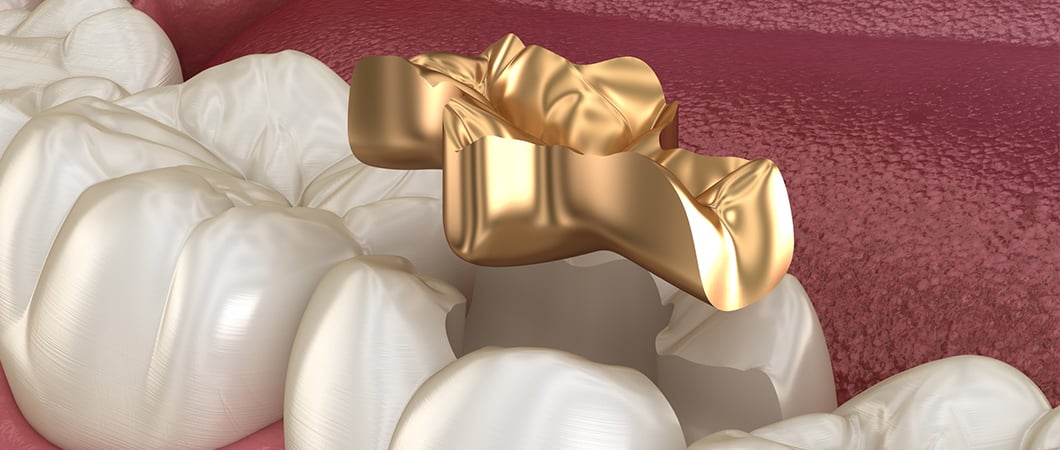Tooth Filling in Turkey

Dentists usually resort to tooth fillings to treat teeth damaged by cavities, also known as dental caries. In dental filling procedure, the dentist removes the area affected by cavities, clean it, and then fills the defect using various materials, restoring the tooth to its original shape and function, and preventing decay that may result from the presence of defects or holes in the teeth.
How Do I Know if I Need a Filling?
When you visit your dentist for a dental check-up, the dentist examines the surfaces of your teeth looking for any abnormalities or changes, a panoramic dental x-ray image may be requested by your dentist as well, and after this assessment, the dentist will decide what kind of treatment your teeth need, and this depends upon how damaged the tooth is, and in the event of a simple cavity the dentist removes the affected parts and fills up the little hole with one of the materials used in dental filling.
What is Root Canal Treatment?
Root canal treatment is a treatment for the infected or inflamed tooth pulp. The tooth pulp, also known as pulp chamber is the soft area in the center of the tooth or molar, within which the nerve and vessels feeding the tooth lies.
In a root canal treatment or endodontic therapy, the dentist cleans and sterilizes the pulp chamber, and then fills it with a permanent filling material.
What Kinds Of Filling Materials Are Available?
Dentists can do teeth filling procedures using gold, or silver amalgam (which is basically mercury mixed with silver, copper and zinc), porcelain, or other materials, and below we learn about some of these types in some detail
Gold Fillings
Gold fillings are well tolerated by oral tissues, and it lasts for a long time, that some dental experts consider it the best material in terms of strength and durability and also for its aesthetic appearance, but it is not without some disadvantages as it is very expensive, another disadvantage of gold fillings is that sometimes when it is placed right next to a silver amalgam filling an electric current may result causing some pain or discomfort to the patient.
Silver Amalgam Fillings
Silver amalgam fillings are of low costs and high strength, but they have a very dark color, which makes them very obvious when you smile or open your mouth and therefore it’s not the filling material of choice if the patient is concerned about the aesthetics of the filling, and for the same reason they are not used in the front teeth. Another disadvantage is that they require a relatively large area, which forces the dentist to drill a larger area. Some people also have allergies against Silver fillings because they have mercury in their composition.
Composite (Plastic) Fillings
Composite fillings have the same color that your natural tooth has, and that gives the tooth a natural look after it gets filled, and for this reason it is preferred by many patients, but one of its drawbacks is that it can get pigmented with drinks like coffee, tea or cigarettes, and it doesn’t have the durability or strength as the aforementioned types have, moreover composite fillings are not suitable to fill large defects.
Porcelain Fillings
It is a material made of porcelain as its name implies, and is characterized by its resistance to getting pigmented by some drinks or smoking, at the same time it lives long, as it can last about 15 years, but they’re relatively expensive.
Glass Ionomer Fillings
Glass ionomer is made of acrylic and a specific type of glass material, but it relatively lacks durability and resistance. There are ongoing efforts to develop this type of filling material.
Which Type of Filling is best?
Each of the types of filling materials has its advantages and disadvantages, and the use of one type and not the other depends upon the nature of the gap to be filled, the patient’s aesthetic demands, the presence of allergy to a certain material, in addition to other reasons that the dentist takes into consideration regarding the patient's condition.
Root Canal and Dental Fillings Procedure Steps
The dentist will remove the area affected by caries, and apply filling material, or treat the root canal, passing through the following steps:
- The dentist uses a local anesthetic to relieve pain.
- A special drill is used to remove the damaged or decayed part, and then the tooth is cleaned thoroughly.
- In the event of damage to the tooth pulp, as may be seen in the panoramic x-ray, the dentist cleans the root canal, and then widens them using a special thin tool.
- The dentist uses a filling material to fill the defect, and in cases of root canal treatment, the dentist places cone-shaped fillings in the nerve canals as well.
How Long Does It Take To Get A Tooth Filling?
These steps may take place on one or more sessions, and if more than one session is needed, the dentist uses temporary fillings to keep the hole in the tooth clean until the following session.
In the last session, the dentist may also use a prosthetic crown made or porcelain or other materials to cover the tooth.
Do you have an inquiry? Contact us - For FREE Consultation.
Ilajak Medical | A passion for care




Treatment Services
In the Best Medical Centers
Contact Us
Please fill the form below and describe your condition, We will contact you back
- Dental Treatment
- Hair Transplant
- Obesity Surgery
- Vision Correction
- Health Resorts
- Other Medical Services
- No elements found. Consider changing the search query.
- List is empty.
Your personal data is processed as indicated in the general statement text and by continuing, you explicitly consent to the processing

